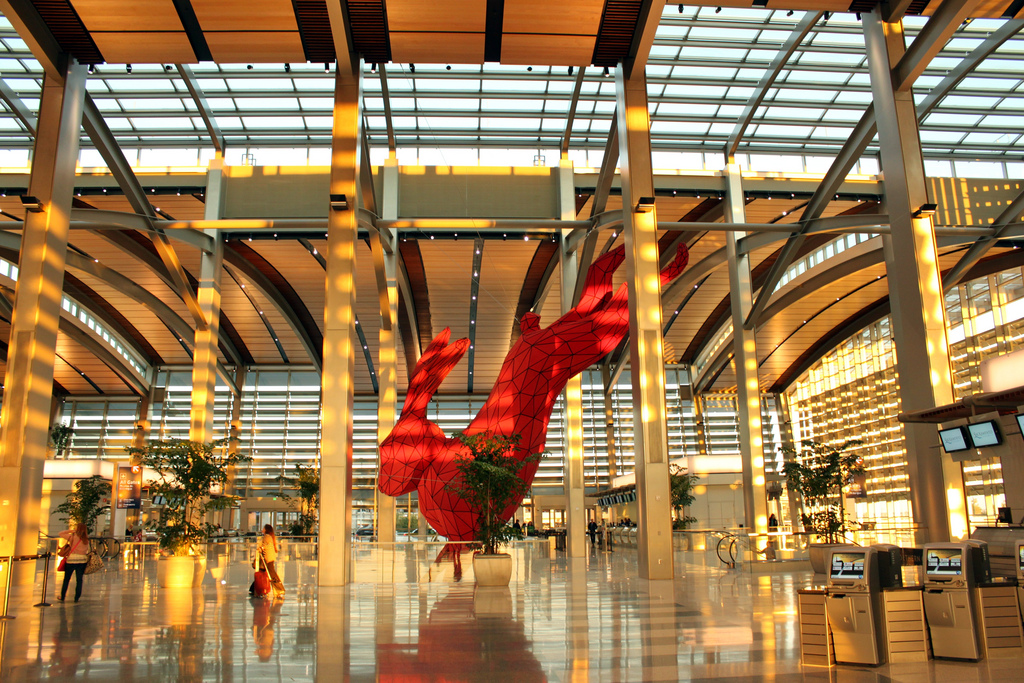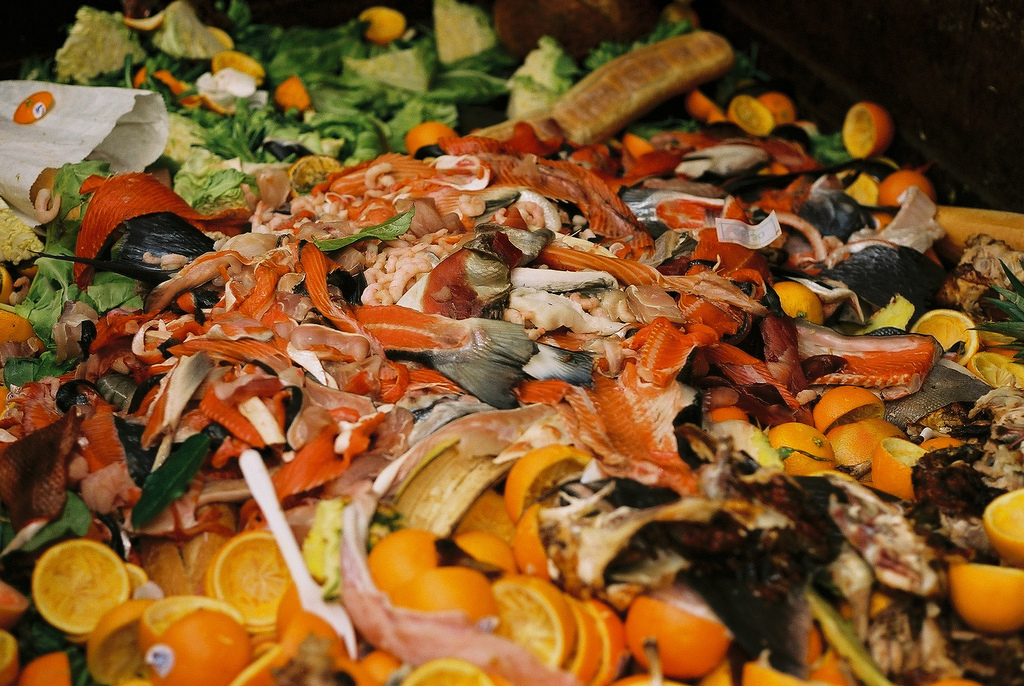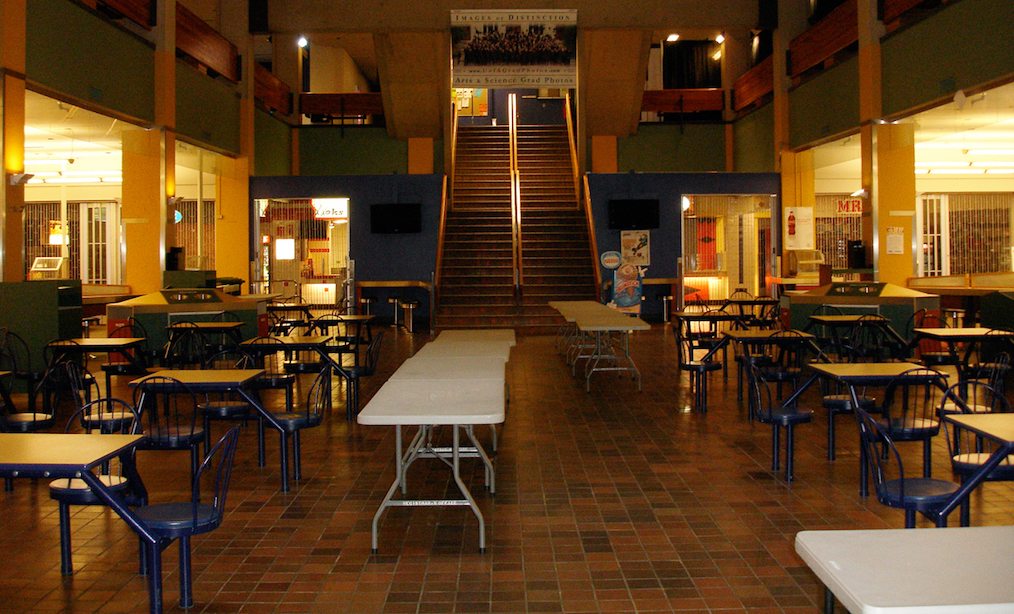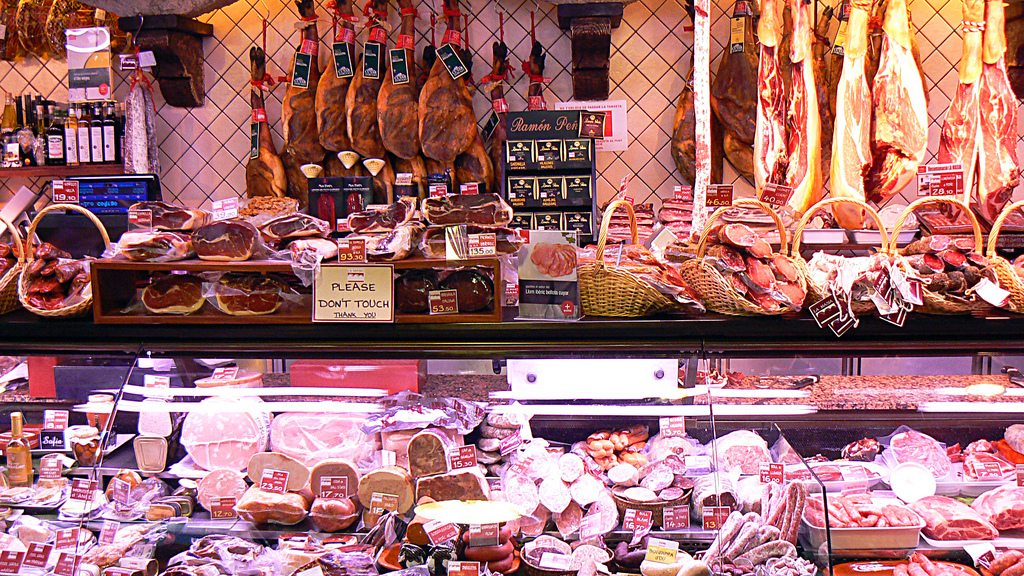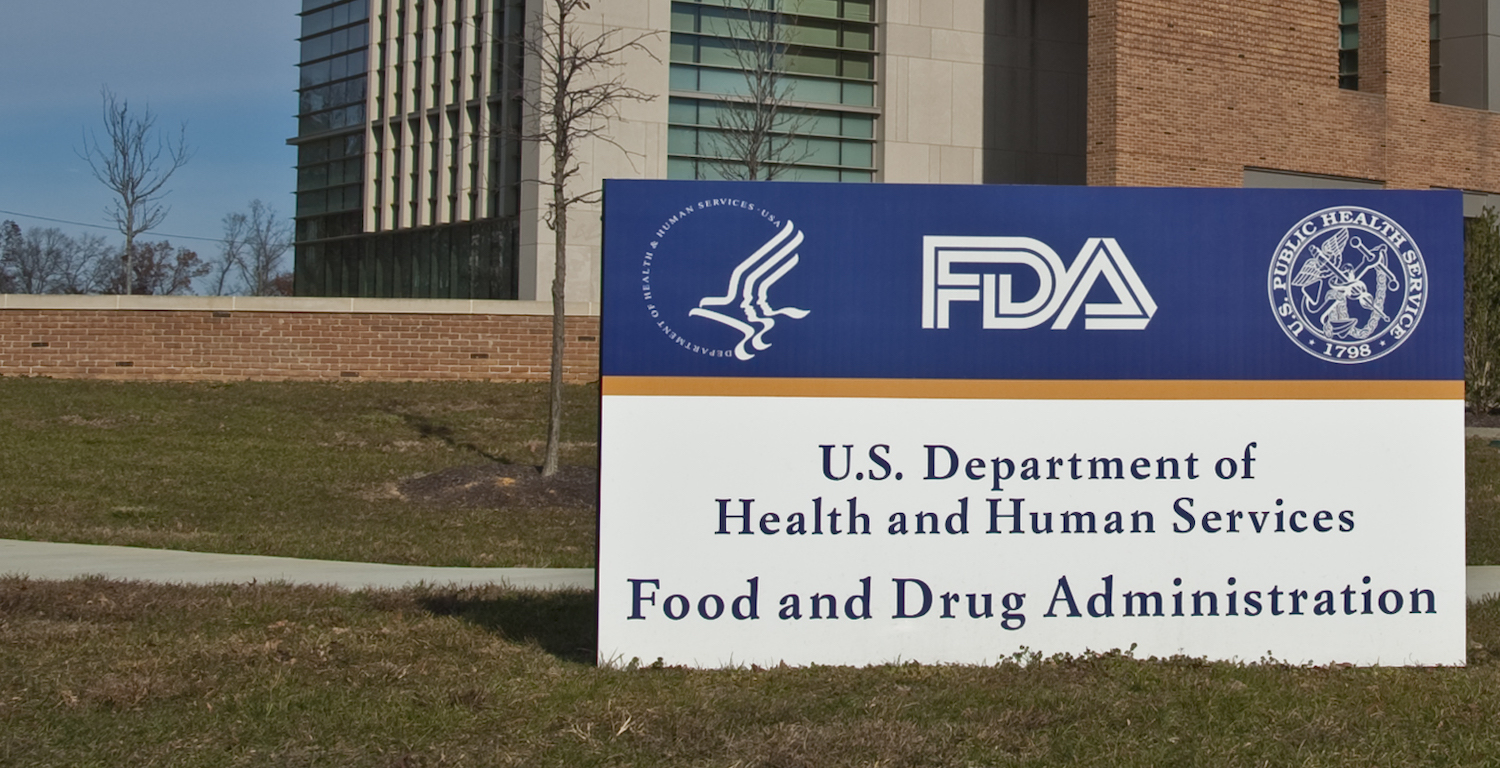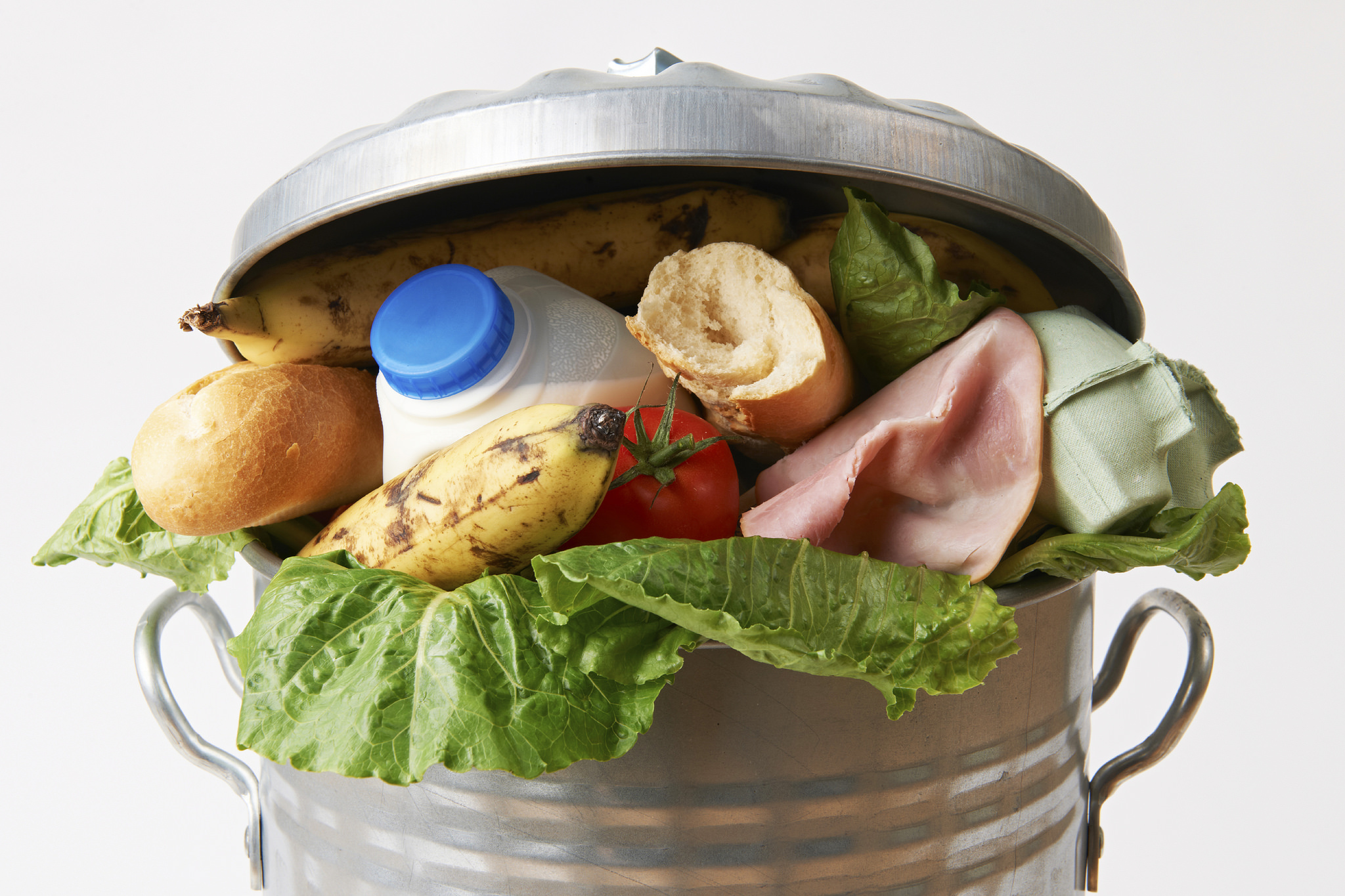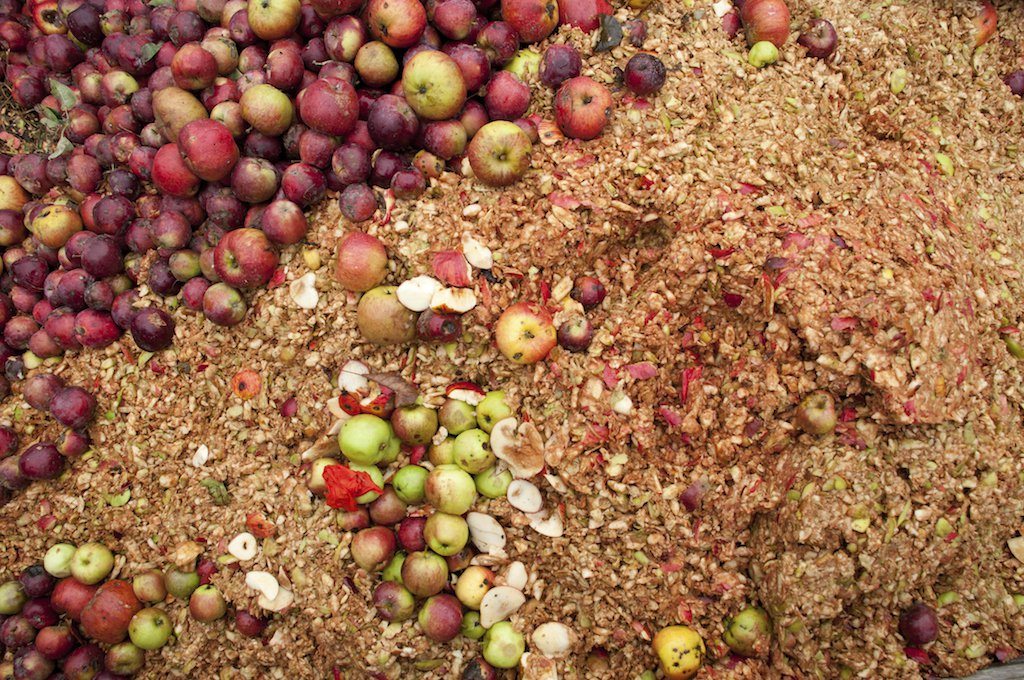UPDATE, 7:10 p.m. EST: This story was updated to include union membership data.
Think about the last time you ate a meal at an airport restaurant.
Not a bag of gummy bears and a Vitamin Water from Hudson News, but an actual meal. Maybe you had a layover, or some time to kill. So you sat down at a homey-looking restaurant, with faux wood paneling, football on a big-screen TV, and had a quiet moment by the window, staring at the tarmac. If you were at New York’s John F. Kennedy airport, you might’ve ordered the fish and chips and a chocolate brownie from Tigrin’s Irish Pub. Before tax and tip, that would’ve cost you $25.90, according to Zomato. Sounds like a ton of money, right? Have you ever wondered why?
Judging by that inflated meal price, and the constant stream of customers—over 151,000 visitors pass through Kennedy every day, according to the Federal Aviation Administration—you’d think running an airport restaurant would be a money maker. But a captive audience, high prices, and sales volume alone don’t make a profitable business.
In the airport food service industry, “restaurants” can look a couple of different ways.
On the higher end are sit-down restaurants and bars. Those include that aforementioned Irish pub, but also Vino Volo, an airport-only chain of wine and tapas bars that present an air of taste and sophistication, and in recent years, outposts of celebrated local restaurants, like The Varsity diner at Atlanta’s Hartsfield–Jackson International Airport, or Sonny Bryan’s Smokehouse at Dallas-Fort Worth. The airport outpost of Esquire Grill, a classic Sacramento steakhouse, may look and taste like a downscale, compact version of the real thing. But it’s not.
For one thing, airport outposts of name restaurants generally have longer hours. Whether that’s opening before dawn or staying open late into the night, it means they have to hire more staff—including part-timers—which drives up labor costs.
Second, the logistics are odd, costly, and time-consuming. Airport restaurants are small, often lacking the space for inventory, or even some methods of cooking. In those cases, the storage or preparing is done off-site, and then delivered. As the Atlanta Journal-Constitution notes, those deliveries can be done only at night, and suppliers have to take out extra insurance to drive their trucks on the tarmac. Those suppliers, and the regular on-site workers, then have to pass through security and get fingerprinted and badged. That doesn’t just ramp up operational costs—it’s time on the clock spent navigating the facility.
Third, airport outpost restaurants aren’t even really restaurants—at least, not in the way we know them. They’re more like licensees. When you spot an Esquire Grill, or even a McDonald’s or Chili’s, what you’re actually seeing is a brand that has licensed out its logo, recipes, and maybe even its decor and imagery to a national food and beverage concessionaire. The biggest concessionaires, like Global Concessions, SSP America, and HMSHost, operate hundreds of these kinds of restaurants in airports. They look like the places we know, but they’re another business altogether. (You’re looking down on Wayne’s basement, only it’s not Wayne’s basement.) The cost of the intellectual property takes another cut out of the airport eatery’s margins.
And now, to those soaring operational expenses, add a new one: the rising cost of labor. In states across the country, the fight for higher minimum wages is on, and in California, it’s raging. Concessionaires doing business at SFO, for example, have to abide by county ordinances that require public sector contractors to pay workers a minimum wage of $14 an hour, effective this year, and provide health care benefits for part-time employees, as of last year. Nationwide, those gains could continue, because airports are an increasingly unionized sector, according to Ian Mikusko of UNITE HERE, which represents food service and airport workers in the U.S. and Canada. He told the New Food Economy that his union represents around 30,000 concession workers at over 50 airports, which amounts to 50 percent of the industry.
Two hours north of San Francisco, in the state capital of Sacramento, another fight is underway. Those fresh gains for workers are eating at the concessionaires who are about to renegotiate their leases for concourse space at the Sacramento International Airport, in the fall of 2018 and early 2019. (The airport finalized an RFP for a redesigned, open-space lounge—better known as a food court—last Thursday.) Or at least, that’s what John Wheat, the country’s airport director, told the Sacramento County Board of Supervisors at a meeting on Tuesday, where he asked for some more flexibility during his negotiations.
“The biggest issue we’re focusing on here is profitability,” he told the board at the meeting, video of which is available online.
Wheat, a soft-spoken man with a bit of a lisp, is proud of his airport. Last year, 10.9 million travelers passed through its gates—an all-time high, according to the Sacramento Bee. And since Wheat was named director in 2013, the concessions have, on multiple occasions, been named among the country’s best in medium-sized airports. Promotional material boast that restaurants at the Sacramento airport serve food “straight from America’s farm-to-fork capital.”
Major airports have “street pricing” provisions in their agreements with food and beverage providers that cap prices at 10 percent above what the same item would cost in town
Indeed, in order to entice all those travelers, Wheat also has to make his airport attractive to airlines. As the Bee reports, he has done that by reducing their aeronautical fees. But to make up for that loss, he likely has to jack up prices somewhere else—perhaps in “non-aeronautical revenue,” coming from sources like parking, commercial leases, and concessions, according to Blaise Waguespack, a marketing professor at Embry Riddle Aeronautical University. Generally, Waguespack says, those sources constitute around half of an airport’s revenue, if not more.
Which brings us to why Wheat was at the board meeting in the first place. In order to protect an airport’s captive audience from being price gouged by concessionaires, major airports have “street pricing” provisions in their agreements with food and beverage providers that cap prices at 10 percent above what the same item would cost in town.
Waguespack says that’s been an industry standard for at least 20 years. Theoretically, that 10 percent of wiggle room allows the concessionaires to cover the costs of business at the airport. In some rare instances, he says, smaller airports that also function as business centers, such as Iowa’s Des Moines International Airport, will actually cap the prices at the street level, with no wiggle room at all, to entice more customers.
He’s never heard of any airport dropping the street pricing altogether—but that’s exactly what Wheat did on Tuesday, when he asked the county board to drop the price cap in order to entice concessionaires during negotiations. Specifically, he said, one of the concessionaires had told him that the rising minimum wage, and costs of providing health benefits for part-time workers, would cut into its profit. Currently, the food and beverage concessionaires are all national companies—SSP America, HMSHost, Famous Famiglia and Vino Volo. If the price of doing business is too high in Sacramento, or California, they could very well move on to greener pastures.
While any price caps on concessions are notably absent from Sacramento’s request for proposal, they sure aren’t from San Francisco’s. It’d be a major coup for the concessionaires if, somehow, they could charge more for their airport food in Sacramento than they do in the country’s most expensive city. But that’d be unheard of, and a brand new development in the airport food service sector. In all likelihood, price caps will be instituted. The question, however, is just how much more leverage the concessionaires will gain over consumers—in the name of paying their workers a fair wage.
Wheat is expected to return to the board in April with an update on the price caps.
